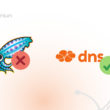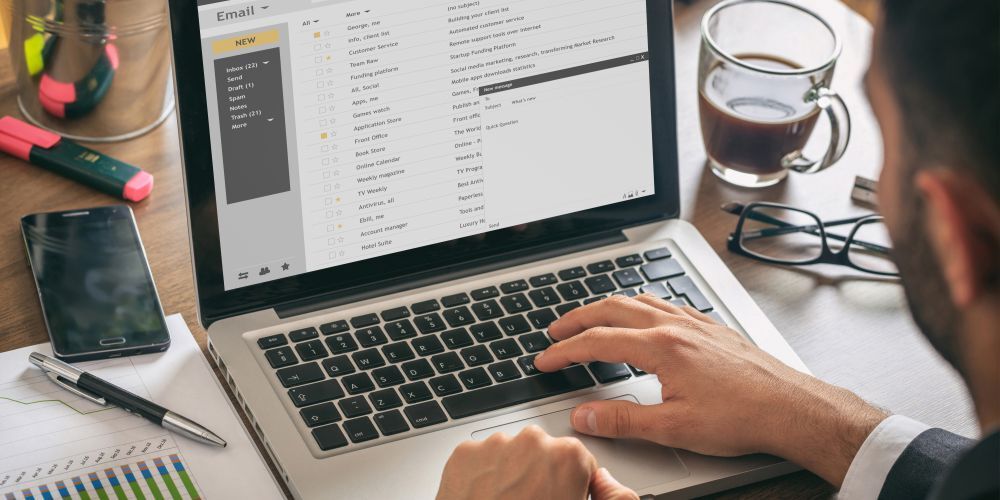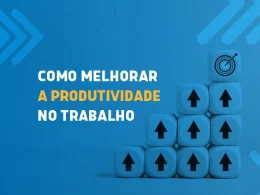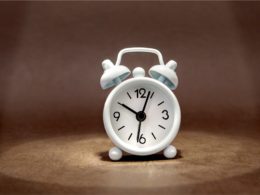Have you ever felt like employees are constantly chasing their tails at the office? Lots of meetings scheduled, emails landing in inboxes and being responded to constantly? And yet, at the end of the day, your team has delivered almost nothing. Nothing to show for the hours of " hard work" everyone has put in. This is throwing office productivity down the drain.
There's nothing worse than the feeling of an unproductive day at work. And there are countless ways to waste time in an office environment.
There are some rules that no one tells you, but that employees usually follow:
- Meetings are important
- Email is king
- They should look busy , even if they are not.
- They should look stressed , because that way they look busy.
The best thing you can do is throw all the outdated rules out the window and replace them with one rule:
Focus on results
Don't measure how many minutes or hours your team dedicates, but rather the results that will be delivered on the day.
The problem is that many employees don't care about results, thinking only about feeling busy and working long hours for the sake of it. But if you, as a manager, can shift employees from a busy to a results , the entire company begins to change.
Employees start spending their time on more important things, after all, this generates more results.
Here are 7 tips to increase employee productivity in the office and tools that can help with each tip.
1. Priority
Each employee should focus on a maximum of three priorities per day . This means that if everyone has a large to-do list, they should ignore everything else until tomorrow.
When an employee is distracted and overwhelmed with a long to-do list, it becomes difficult to focus, and procrastination takes over. Therefore, instruct your employee to focus on three most important things.
Tooltip: To help you choose priority tasks, there are some methodologies that can help you choose:
- Is your focus on finances? Try the cost-benefit first;
- Is your focus on time? Use the urgency vs. importance ;
- Are you focused on results? Try the effort vs. impact matrix ;
- Is general a priority? Stick with the BASICA and RICE .
Read article on each methodology.
2. First things first
Employees should never start their day with the easiest or most enjoyable tasks. They should always start with the most difficult and important task. This will likely be the task that will generate the most results at the end of the day.
If the most difficult task is left for last, the person responsible may run out of time and it may not be delivered, or it may be done in a rush and delivered with poor quality.
By tackling the most difficult task first, the employee is energized and can be confident that it will be completed no matter what.
Tool tip: It's crucial that your company implements a tool to track tasks across the organization or department. The most popular tools are Trello , Pipefy, and Monday . With one of these tools, all employees can track task status, assignees, and deadlines.
I suggest you create a column called “Today’s Tasks” where each employee can have only 3 tasks to focus on and deliver.
3. Take control of email
For many employees, email sets priorities and takes control in the office.
As a manager, your role is to help them limit the time spent checking and responding to emails. Just because there are emails in their inbox doesn't mean they need to respond to them all immediately. It won't be a disaster if they wait an hour or two to respond to an email.
We recommend checking email no more than three times a day : once in the morning, once right after lunch, and once in the late afternoon. Besides improving team focus, the moment an employee opens their inbox, they'll be responding to and sending multiple emails simultaneously.
Tooltip: To help with this, we recommend a consultation with all employees to establish a schedule for accessing corporate emails. Additionally, disable any automatic notifications on your browser, computer, or mobile phone.
If the conversation doesn't work, you can implement a tool that releases emails based on time. This way, even if the employee tries to access their email, it will be blocked if they aren't logged in during the time established in the tool.
4. Keep all meetings 20 minutes long
What should be a solution, meetings can be the biggest waste of time . It seems there's an unspoken rule in people's minds that all meetings must last at least an hour. Why? How do all the topics fit neatly into a one-hour slot?
Reduce meetings to a maximum of 20 minutes, preferably standing up. Magically, it seems like people think and express themselves better when they're standing up, and consequently, the meeting becomes more effective.
If you want to pass a message on to an employee, go to their desk and speak directly. There's no need to schedule a meeting and summon a battalion of people just to feel busy and interrupt the entire team's work.
Tip: Any phone or watch that tells the time 😅. If you want, you can set a timer or alarm to alert you when time is up.
5. Always have an agenda for all meetings
Many meetings become long and often inconclusive because there's no structure to them. Insist that the person in charge always has a complete agenda before any meeting, detailing exactly what will be discussed. This allows the person in charge to thoroughly study all topics, reducing waste during the meeting itself.
Tool tips : Great tools to help with meeting organization are Evernote and Google Keep .
6. Control employees' internet access
The internet is the main culprit in preventing focus and productivity in the office. Time wasted is so great that, according to one study, office workers are interrupted an average of 14 times a day by internet tools. Worse still, after an interruption, it can take employees more than 20 minutes to return to their original task.
Without any type of control or internet access policy, it is normal for employees to spend some of their time accessing personal email, social media profiles, YouTube videos, WhatsApp messages, or researching topics of interest.
Therefore, controlling internet access in companies is a fundamental policy in team management, as it reduces wasted time by increasing focus, in addition to avoiding various security issues with access to harmful websites or famous internet scams.
Tooltip : Lumiun is a great internet access control solution for your company. With it, you can block websites and website categories that are outside the scope of work, allow access by schedule, and monitor each employee's access in real time.
7. Turn off
After hours of working in the office, delivering results, it's time to rest. I know that for a manager who's on the clock 25 hours a day, it's difficult to implement all the tips above, especially this last one. However, it's crucial that everyone takes time to rest and disconnect from work.
If you can implement the above tips, you can be sure that after work, you'll feel a sense of accomplishment and achieve a variety of results. What's more, with a good night's rest, your energy will be renewed to start the next day.
Tooltips: your bed, family, football, cinema, shopping, beer, cigar, finally, your life !
If you'd like to learn more about office productivity, read our article on Employee Online Productivity in 2020 .

















3 comments
Comments closed